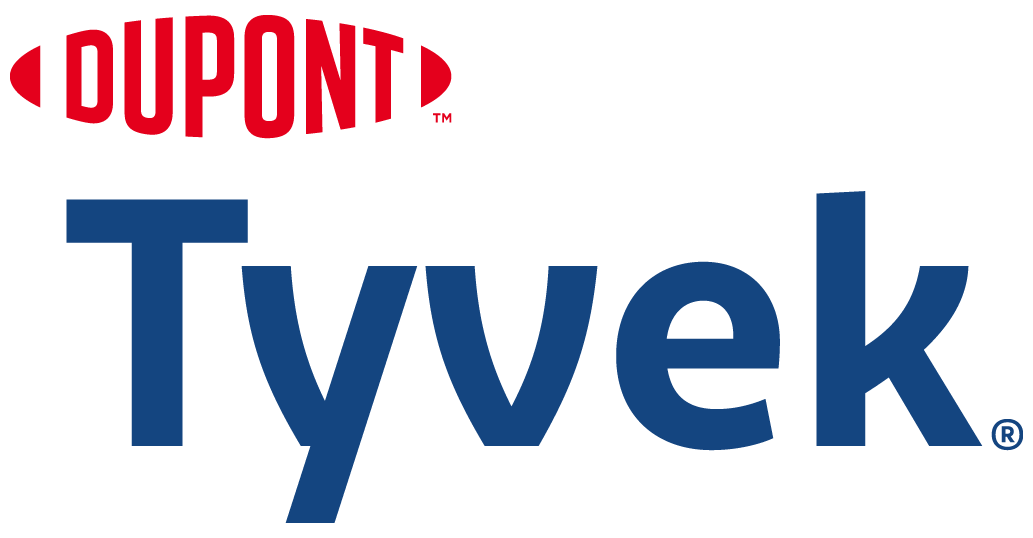Over the last two years, there has been an unprecedented focus on vaccine research and development and production. The COVID-19 pandemic led to a pressing demand for vaccine manufacturing and an associated demand for protective garments. This dual need posed an unprecedented challenge for vaccine manufacturers like SINOVAC and personal protective equipment (PPE) suppliers like DuPont, triggering a close collaboration between the two. DuPont Tyvek (a registered trademark of DuPont) protective garments have helped keep SINOVAC’s frontline workers safe while minimising the risk of contamination.
SINOVAC is one of the largest COVID-19 vaccine producers in China, with a mission to serve the country through an adequate supply of vaccines. During the pandemic, DuPont set up a technical expert group to identify the products ideally suited to protect against the hazards in this environment. This group evaluated fabrics in terms of their protection against virus aerosols, the chemicals used in manufacturing, and their resistance to melting when exposed to high surface temperatures in a biosafety cleanroom.
Risks and challenges in vaccine manufacturing
SINOVAC produces COVID-19 vaccines by inoculating cells with the virus strain, making virus leakage the most significant risk in the manufacturing process. The entire process is carried out in a biosafety cleanroom to ensure worker safety, but operators are still wholly reliant on the effectiveness of their protective garments. These garments must be sterile, waterproof, and tear-resistant to prevent operators from being exposed to hazardous chemicals or viruses.
Another challenge of vaccine production environments is contamination. Cleanroom operators are responsible for 75% of all contaminants in the vaccine manufacturing process, with potential sources coming from the operators themselves or the protective garments they wear.

Workers in vaccine manufacturing spend long hours in P3 cleanroom environments; therefore, protective garment comfort is another crucial factor. Cleanroom protective garments should be easy to don and remove and allow for easy operator movement in all their normal daily activities.
Garments should be breathable so they do not promote perspiration, which causes the body to shed particles. Heavy clothing can cause operators to tire and become more vulnerable to safety incidents.
The solution: Tyvek garments for vaccine manufacturing
The DuPont Tyvek fabric is ideally suited to the stringent requirements of vaccine manufacturers like SINOVAC. It is made from high-density polyethylene filaments bonded into a tight, homogeneous fabric. The filament structure has low-linting and strong barrier properties - protecting against particles bigger than 1 micron. This feature helps maximise their protection against contamination generated by operators. Garments made from Tyvek are also soft and breathable, making them comfortable to wear for long shifts. Regarding operator protection, Tyvek garments repel aqueous liquids and liquid aerosols and provide biological protection. In addition, they are tough and abrasion resistant, making them less susceptible to tearing, which could result in the exposure of operators to hazards.
There are several types of hazards in the vaccine production environment, and cleanrooms are classified according to the hazards present. DuPont Tyvek garments meet the standards for GMP A/B and C/D cleanrooms and thus ensure compliance with regulations for vaccine production safety. DuPont is the manufacturer of the Tyvek material and the sterile Tyvek cleanroom garments and therefore controls the entire value chain. DuPont provides test data and certificates, making qualification and quality audits easier so manufacturers can demonstrate compliance with a QRM process.
This traceability is much more challenging with reusable cleanroom garments having several value chain partners. Not only is traceability more difficult, but DuPont studies show that the performance of reusable garments deteriorates significantly by repeated wash, dry, and sterilise (WDS) cycles. DuPont Tyvek garments are single-use and consistently meet their quoted performance specifications. In addition, non-contaminated garments are recyclable, which reduces the potential waste generated.
DuPont and SINOVAC
DuPont has been a regular supplier of Tyvek protective garments to SINOVAC, and this relationship has been particularly effective during the COVID-19 pandemic. DuPont offered help in the entire manufacturing process with a customer-oriented approach to maximise operator safety and minimise contamination.
At the height of the pandemic, protective garments were in short supply, but DuPont ensured the availability of these garments for vaccine manufacturing. As a result, the collaboration between DuPont and SINOVAC has been instrumental in promoting the use of Tyvek garments in COVID-19 vaccine production worldwide.
SINOVAC is one of the largest COVID-19 vaccine producers in China
DuPont and SINOVAC continue collaborating on the supply and use of protective garments for the vaccine production industry. Working together, they are achieving their objective of saving lives and keeping operators safe.
“DuPont protective garments play an irreplaceable role in vaccine production, forming a reliable protective barrier between frontline production personnel and the working environment,” said Zhaoyu Tian, Technical Manager COVID Division at SINOVAC. "Protecting lives with our technical products and trusted brands is a common goal for SINOVAC and DuPont.”

